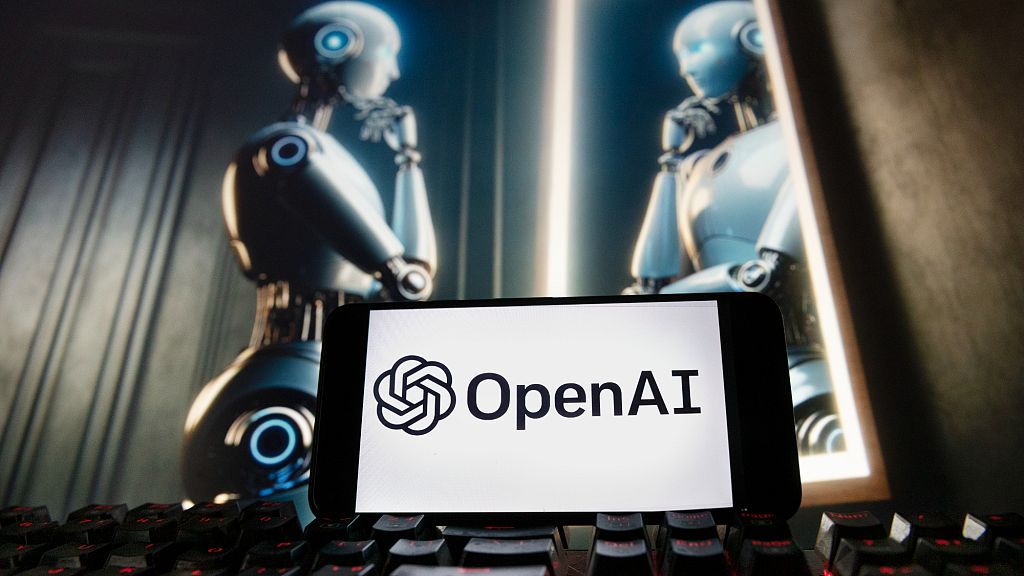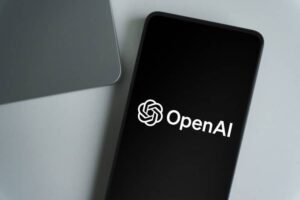OpenAI Indicates It Might Modify AI Model Protections in Response to Competitor’s High-Risk AI

OpenAI’s Approach to AI Safety and Risk Management
OpenAI has announced that it is open to adjusting its safety protocols if a competing company introduces a high-risk artificial intelligence model devoid of adequate safeguards. This statement aims to address the evolving landscape of AI risk management and ensure that the company maintains its commitment to safety.
Evaluating Risks in AI Models
In a recent report, OpenAI outlined its Preparedness Framework, which serves as a guideline for how the organization tracks, assesses, and manages the risks associated with its AI technologies. Within this framework, the company detailed steps for evaluating the potential dangers before an AI model is made available to the public.
- Risk Assessment Process: OpenAI examines various types of risks associated with its AI models. These risks are categorized into four levels: low, medium, high, and critical. This thorough classification helps the company implement appropriate safeguards against severe and irreparable damages.
- Identifying Potential Risks: OpenAI actively tracks capabilities that could lead to risks in fields such as:
- Biology
- Chemistry
- Cybersecurity
- Self-improvement of AI
In response to emerging threats, OpenAI is also investigating new forms of risks. These include:
- The potential for AI to function independently without human oversight
- Self-replication of AI models
- Risks associated with nuclear and radiological applications
Safeguarding Against Misuse
Additionally, OpenAI is committed to assessing how its models might be misused—for example, how ChatGPT could be employed in political campaigns or lobbying efforts. Such risks will be examined outside the main framework and analyzed under a separate document known as the Model Spec, which outlines ChatGPT’s intended behavior.
Concerns About Safety Commitments
There have been voices of concern regarding OpenAI’s shifting safety policies. Steven Adler, a former OpenAI researcher, commented that the updates in the Preparedness Framework indicate a reduction in the company’s safety commitments. In a recent post, Adler expressed that there seems to be a transition away from testing "fine-tuned versions" of AI models. Instead, OpenAI will now focus solely on models whose trained parameters will be disclosed.
Adler noted that while it’s debatable whether fine-tuned models require separate tests, he believes that OpenAI should clearly communicate its shift in commitment levels regarding safety measures.
OpenAI’s Recent Developments
This conversation about safety comes on the heels of OpenAI’s release of a new series of AI models known as GPT-4.1. Reports suggest that this launch was executed without a corresponding safety report or system card, raising further questions on the organization’s commitment to its own safety guidelines. Euronews Next has reached out to OpenAI for clarification on the safety report but has yet to receive a response.
The discussion around safety is heightened by the recent legal actions involving a number of former OpenAI employees, who have raised concerns that the organization’s shift toward a for-profit model could compromise its safety standards.
The Broader Implications
As AI continues to develop rapidly, the stakes surrounding its capabilities and associated risks become increasingly significant. OpenAI’s willingness to adapt its safety requirements based on competitive dynamics highlights the delicate balance between innovation and responsibility in AI development. As the field evolves, maintaining robust safety measures will be paramount in ensuring that AI technology is used ethically and effectively.
By continuously reassessing risks and safety protocols, organizations like OpenAI can better navigate the complexities posed by high-risk AI models in an increasingly competitive landscape.






